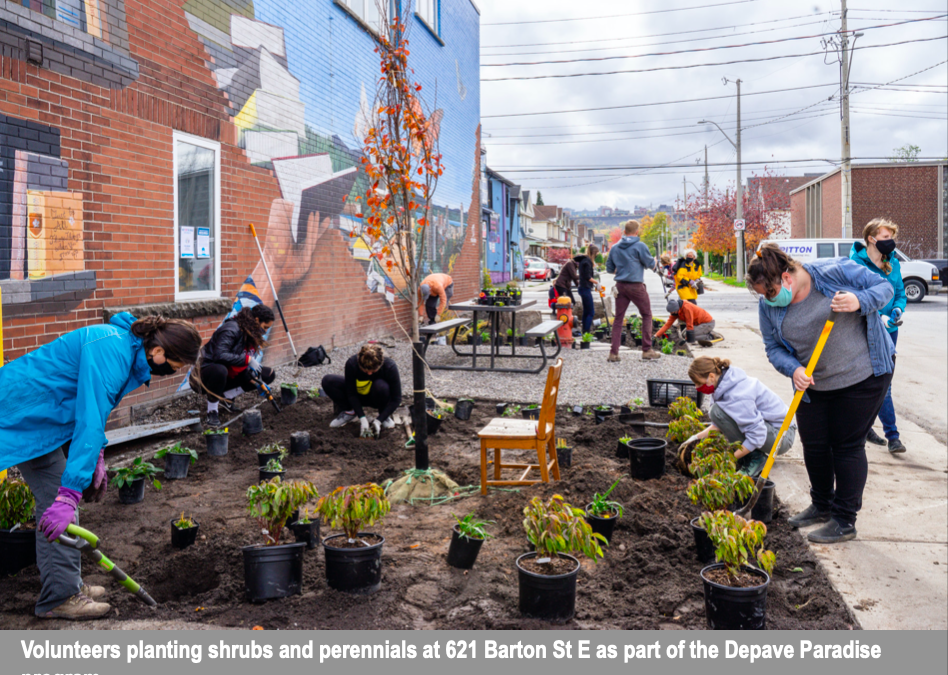Over the past year and a half, communities all across Canada have gone through long periods of lock-down due to the Covid-19 pandemic. Despite curfews, product shortages, mask-mandates, restricted social interaction, shuttered businesses, and school closures, for many, one thing remained constant – their daily walk around the block, often through their local greenspaces. Indeed, parks and open spaces have seen massive increases in use this year, as individuals looked for safe ways to have fun during the COVID-19 pandemic.
Access To Green Spaces Is Inequitable
But what about the inner-city communities without access to greenspaces? Important research within the last year has shown the inequities that exist in tree canopy coverage for lower income communities across city neighborhoods, and the impact this can have for urban heat within a single area of the city. Consequences of historically racist planning practices continue to affect communities of color today and include: higher levels of air pollution; higher ambient temperatures; greater exposure to toxic industrial practices; and less access to environmental resources like public green spaces. As the pandemic continues to isolate residents, green space is continuing to prove a valuable, but privileged, resource.
Green Spaces Are More Than Just Trees
Urban green spaces provide a needed escape amongst busy modern life. They are places to exercise, find peace in nature, and safely socialize with friends at a distance. Throughout the pandemic, public spaces have also been transformed into open-air markets, art installations, and locations for public demonstrations. But urban green spaces benefit more than just our mental and physical health, they are also habitats for local animals, and a key feature in building greater climate resilience; helping to absorb stormwater (reducing flooding), cool streets, and sequester carbon.
Building Back Better
As we start to build back, re-open and reimagine our communities, the need for increased green spaces is clear. Exactly how and where to develop these features, remains unknown. That is where we hope to help!
For the past 9 years, Depave Paradise has been working with partner communities to convert vacant or underused land for public use. This has led to the transformation of 60 Sites in 24 different communities, and the removal of over 11,000m2 of previously paved surfaces, all by hand! These sites have become community gardens, pollinator patches, and pocket parks. They have connected trail systems, become rain-gardens, housed art installations, and more. In many communities, partnerships between our GCC members and their local Business Improvement Association, or municipality, has led to major success in revitalizing areas of towns that have been traditionally underserved, and lack access to vital greenspace. It’s a win on many fronts; beautifying the neighbourhood, increasing equitible access to greenspaces, creating strong community connections, giving back to the environment, and building up resilience to climate change. What could be better?
Looking Ahead
Over the next year, Green Communities Canada has received funds from a private trust to continue these efforts – with 15 new sites of 100m2 each to be installed in communities all across the country. Together we hope to create resilient communities, with equitable access to greenspace (because everyone deserves to have access to nature- and you never know when you really might need it!).
